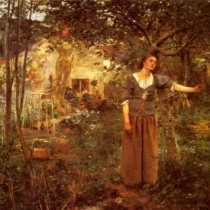 1848 - 1884
realism
1848 - 1884
realism
Description Jules Bastien-Lepage
Jules Bastien-Lepage, born on November 1, 1848, in Damvillers, France, left an indelible mark on the art world as a key figure in the Naturalist movement, blending meticulous realism with a deep empathy for his subjects. His life unfolded against the backdrop of a changing rural landscape, and Bastien-Lepage's art became a poignant reflection of the challenges faced by the peasantry in 19th-century France.
Raised in a rural setting, Bastien-Lepage's early experiences profoundly influenced his artistic sensibilities. His move to Paris in 1867 marked the beginning of formal artistic training at the École des Beaux-Arts. Despite initial struggles, he gained recognition for his ability to infuse academic traditions with a fresh perspective.
Bastien-Lepage's breakthrough came with "Haymaking," a painting that signaled a departure from conventional academic depictions of rural life. His commitment to authenticity, painting directly from life, set him apart from his contemporaries. The artist's rural scenes, notably "The Potato Gatherers" and "October," became iconic examples of Naturalism, capturing the labor and dignity of the peasant class.
The artist's explorations extended beyond rural themes. His portraiture, including a renowned depiction of Sarah Bernhardt, showcased a nuanced understanding of character and emotion. Bastien-Lepage's technique, marked by a luminous palette and a keen eye for detail, set him among the foremost painters of his time.
While celebrated, Bastien-Lepage faced criticism from both conservative academics and avant-garde circles. His refusal to conform to rigid artistic doctrines placed him in a unique position, simultaneously praised for his innovative approach and derided for his departure from established norms.
Personal tragedy marked Bastien-Lepage's life when he lost his mother and sister to tuberculosis. His grief found expression in poignant works like "Joan of Arc," a painting that combined historical narrative with a profound exploration of loss and resilience.
Bastien-Lepage's health, too, succumbed to tuberculosis, and he passed away on December 10, 1884, at the age of 36. Despite his relatively brief career, his impact on art endured. His ability to bridge the gap between rural realism and artistic innovation influenced subsequent generations, including the Symbolist and Social Realist movements.
Jules Bastien-Lepage's legacy lies not only in the canvas but in his transformative approach to depicting the human condition. His commitment to portraying life as it was, with all its hardships and beauty, ensured that his art transcended the confines of a specific moment, becoming a timeless testament to the resilience and dignity of the human spirit.
Gallery
Paintings Jules Bastien-Lepage
F.A.Q Section
"Joan of Arc" (1879): A realistic and poignant portrayal of the iconic historical figure.
"Haymaking" (1877): A genre painting capturing the labor and daily life of peasants during the harvest season.


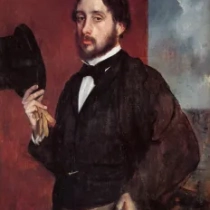


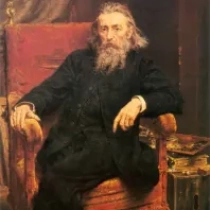

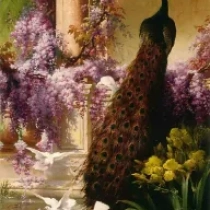

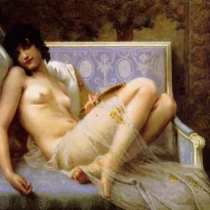



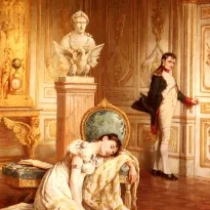
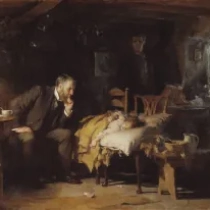


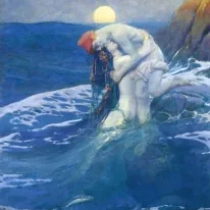




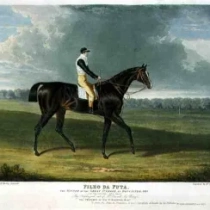
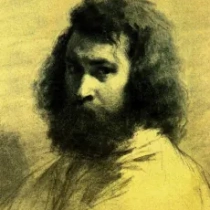





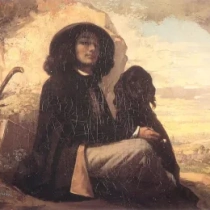
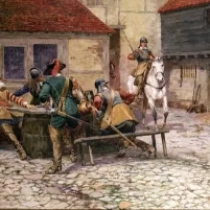










No Comments Yet...